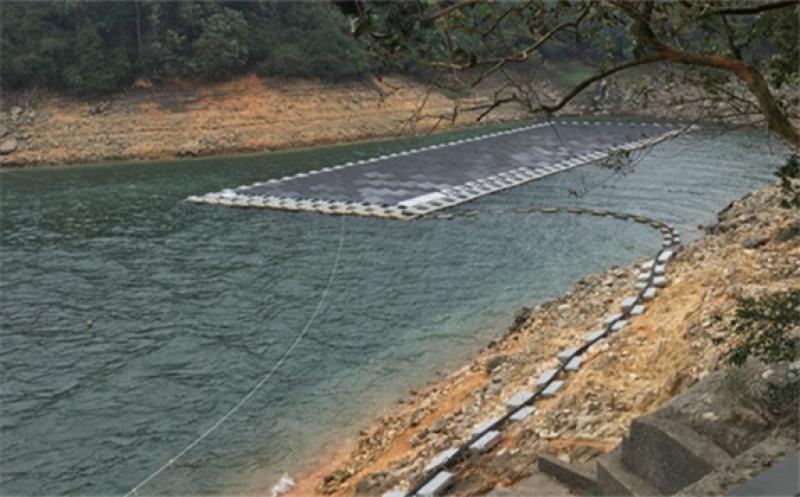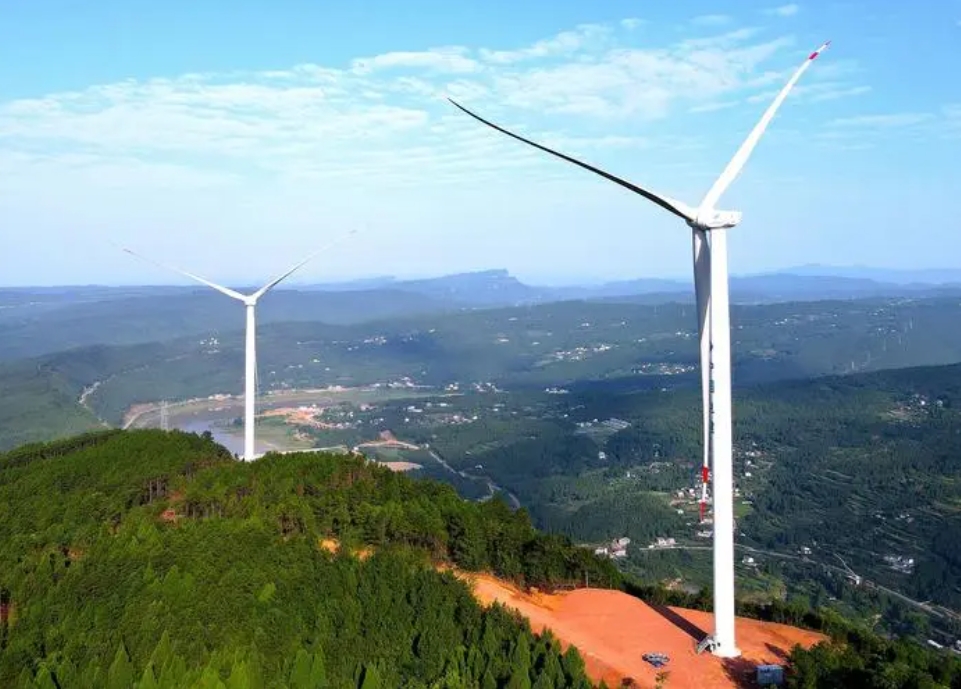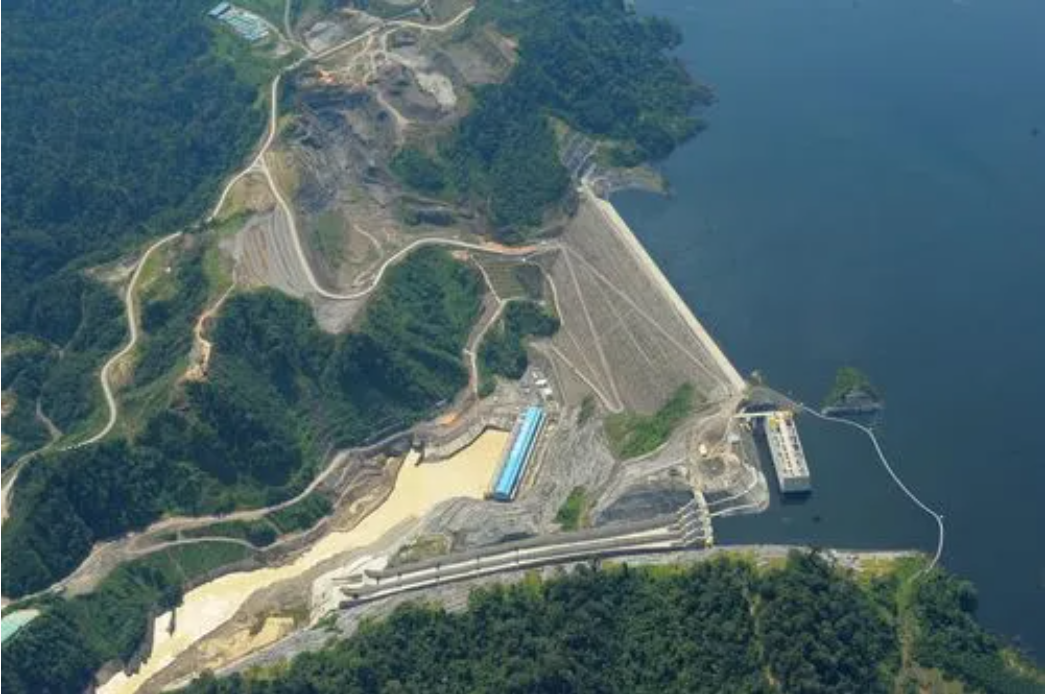The Indonesian economy has grown impressively over the past two decades and its energy demand has also increased exponentially. Despite a strong need for more power generation capacity, the country's electricity mix is still dominated by thermal power plants, and new plants from renewable energy sources are coming online at a very slow pace. Solar, for example, reached a cumulative PV capacity of only 181.2 MW at the end of September, according to the report Indonesia Energy Transition Outlook 2021, published by the Institute for Essential Services Reform (IESR).

This installed power comes from 30.4 MW of rooftop PV, 61 MW of ground-mounted PV plants and 82 MW of off-grid solar power generators. The newly installed solar capacity for the first nine months of 2020 was 28.8 MW, of which 15 MW was for two utility scale projects selected in an auction held in 2018, and 13.7 MW for rooftop installations. For comparison, the country added around 46.2 MW of PV systems in 2019 and only 14 MW in 2018.
The authors of the report stressed that solar is currently the second fastest growing renewable energy source in the country, after hydropower, and that, however, it is lagging far behind the intermediate 800 MW target established by the National Energy General Plan (RUEN) for PV technology by 2020.
The RUEN has also set another 6.5 GW intermediate target for solar by 2025 and an ultimate target of 17.5 GW by 2030. The IESR experts believe the first of the two targets may be eventually achieved if a series of projects and initiatives announced by the Indonesian authorities begin to take shape and materialize.
According to the report, a big contribution for making the ambitious target achievable may come from two gigawatt-sized solar projects that the Indonesian government is hoping to build at two depleted mining sites – a 1.25 GW scheme in the Bangka Belitung islands, off the southeastern coast of Sumatra, and a 1 GW solar park in the West Kutai regency, in the Indonesian province of East Kalimantan. “Nothing concrete has been done for now but the plan has been mentioned several times by the Ministry of Energy and Mineral Resources (ESDM),” Marlistya Citraningrum, the program manager for sustainable energy access at the IESR, told pv magazine.
Furthermore, according to her, Indonesian utility PT PLN (Persero) has also recently revealed it conducted several studies for deploying PV at mining sites in Kalimantan and Sumatra, and state-owned mining company PT Tambang Batubara Bukit Asam Tbk (Bukit Asam) has also expressed interest in building solar facilities across several mining sites.
Moreover, the Indonesian government is targeting to install around 857 MW across Java and Sumatra, where several potential sites have already been identified. “In March 2020, [PT] PLN invited pre-selected developers to bid in two separate 50 MW solar projects in Central Java and West Java,” the report notes. “However, according to a source involved in the process, both tenders were postponed until further notice by [PT] PLN due to the [Covid-19] pandemic. There are no other ground-mounted solar project bidding [exercises] this year.”
Despite the lower than expected development, the utility scale segment is already showing interesting prices, including the $0.0581/kWh tariff agreed in a PPA for the 145 MW floating PV plant under construction on a 225ha section of the Cirata Reservoir in West Java. Furthermore, local utility PT Indonesia Power has tendered, last year, two floating PV projects with capacities of 60 MW and 90 MW, respectively, and final prices came in at $0.0374/kWh and $0.0368/kWh, respectively. More details on the two procurement exercises were not disclosed by the report.
Furthermore, the IESR analysts expect more growth will come for rooftop PV from the $1 billion Surya Nusantara program which is expected to be kicked off this year, and from the SOEs Synergy initiative, which is another scheme for rooftop PV currently under development aimed at supporting commercial and industrial projects and to reach 1.4 GW of installed capacity by 2025. According to recent statistics from the government, the country currently has 18.2 MW of PV systems under net metering, with 7.7 MW of the total coming from 16 industrial power consumers. Another 5.1 MW comes from residential consumers while 1.8 MW is run by small-sized businesses. The remaining capacity is owned by public entities.
This article is reproduced at www.pv-magazine.com







